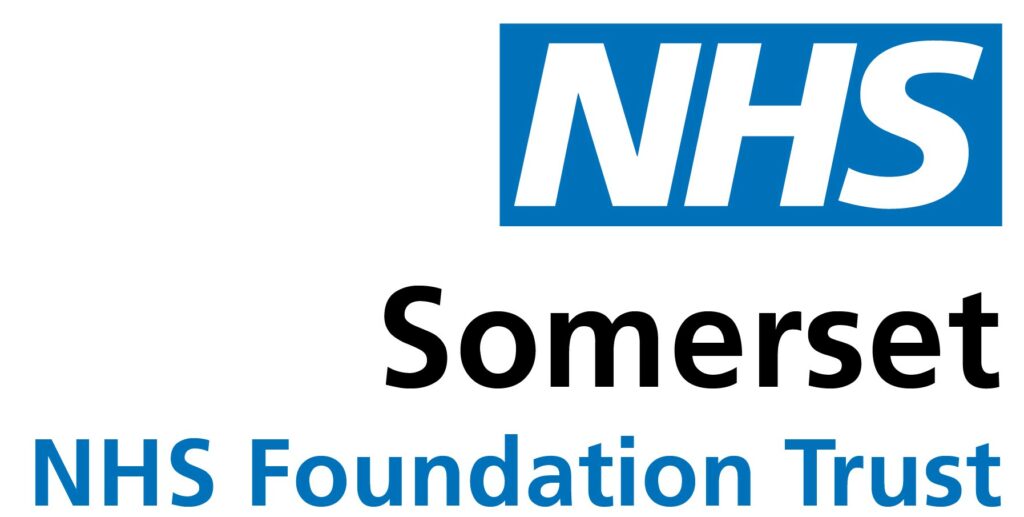Diabetes Studies
The following studies are being carried out at the Somerset Foundation Trust.
ADDRESS-2
The research project that is learning about the characteristics of people newly diagnosed with type 1 with diabetes in the UK, and at the same time supporting other research into type 1 diabetes.
We are looking for children and adults aged 5 or older and newly diagnosed with type 1 diabetes, who are willing to let us collect information about their diabetes, and who also agree to be contacted about other opportunities to take part in type 1 diabetes research.
We are looking for siblings to help too.
We collect information and optional blood samples to help us understand more about type 1 diabetes.
We aim to give people who join ADDRESS-2 information about other type 1 diabetes research for which they might be eligible, and put them in touch with the teams running the research.
For more information visit https://www.address2.org/
DROPLET
Type 1 diabetes is associated with loss of insulin release, which results in high blood sugars. In children and young adults this loss of insulin is known to happen quickly. After just a couple of years of having type 1 diabetes, most of this age group will make almost no insulin. Research is trying to find new treatments to slow down and even stop this insulin loss. Those developing type 1 diabetes after 30 years of age are rarely included in these trials- despite making up nearly half of all cases of type 1 diabetes. This is because, in this age group, the rate of insulin loss is unknown. Finding out this rate and factors that effect it is an important step towards including older individuals in trials.
We are also testing a new, simpler way of monitoring insulin loss by using a finger prick blood test, making it possible to conduct research from home rather than in hospital or a research clinic. Together, the answers to these questions aim to make it easier to develop new treatments for type 1 diabetes, as these studies could recruit many more people, using a much simpler and cheaper measure of insulin loss.
The study will recruit 196 adults aged 18 and over within 100 days of a clinical diagnosis of type 1 diabetes. We will compare the loss of insulin production of 135 participants diagnosed >30 years of age with 61 participants diagnosed 18 to 30 years of age.
All study procedures are carried out at home, with phone or video support from the research team.
Study packs are delivered and collected by courier or tracked mail.
We welcome referrals and expressions of interest from all parts of England, Scotland & Wales.
STARTRIGHT
The treatment of Type 1 and Type 2 diabetes is very different: People with Type 1 diabetes rapidly stop making their own insulin, so need insulin injections from diagnosis. People with Type 2 diabetes can keep making their own insulin but it may not work as well as it should, so they can be treated with diet or tablets. While they may eventually need insulin treatment it is usually not until many years after diagnosis.
It is often difficult for doctors to tell which kind of diabetes a person has. Because of this, sometimes people are given the wrong diagnosis. This can have a huge impact as it means they could receive the wrong treatment.
This study aims to improve this situation by helping doctors more accurately tell the type of diabetes a person has when they are first diagnosed.
We will recruit 1000 participants who have recently been diagnosed with diabetes between the ages of 18 and 50. We will recruit an additional 800 recently diagnosed participants who developed diabetes after age 50, half of whom will be receiving insulin therapy. We will record clinical features and measure blood tests that may help us determine diabetes type at diagnosis and follow participants for 3 years to see whether they stop producing their own insulin and need insulin treatment, which confirms Type 1 diabetes. We will assess whether clinical features and blood tests can help us tell if a patient needs rapid insulin treatment and should be initially treated as Type 1 or Type 2 diabetes.
Findings will be integrated into a clinical prediction model that will be freely available as a website calculator and smartphone app.

